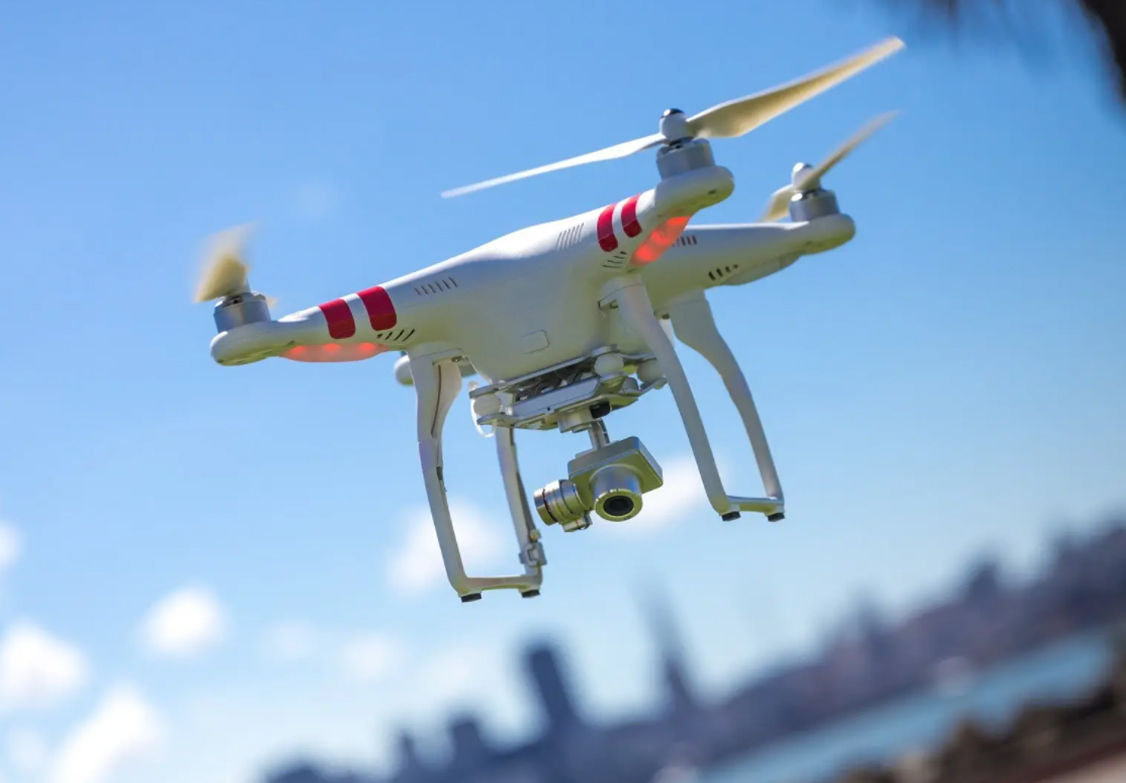In recent years, UAV and drone technology have undergone significant advancements, pushing the boundaries of what these devices can achieve. From sophisticated uses in military operations to commercial and recreational applications, drones have become a multifaceted tool. They serve not just as a means of surveillance but also as an integral part of modern tech innovations.
The Rising Trends in UAV Technology
The rapidly expanding field of UAV technology has transformed many industries. One key area is in agriculture, where drones help farmers monitor crop health, enabling precise agricultural practices. This precision agriculture minimizes waste and optimizes yield, proving the invaluable role UAVs play on the farm.
In addition, the entertainment industry has embraced drones, offering captivating aerial shots that were once impossible without the use of helicopters. This has democratized film production, making high-quality aerial cinematography accessible to independent filmmakers and media companies alike.
The Road to Autonomous Drones

One of the most exciting advancements in drone technology is the development of autonomous systems. These drones are equipped with advanced AI algorithms and sensors, enabling them to navigate complex environments without human intervention. Autonomous drones have the potential to revolutionize industries such as logistics , where they can deliver packages efficiently in urban environments.
, where they can deliver packages efficiently in urban environments.
Moreover, emergency services are also beginning to utilize autonomous drones for search and rescue missions, particularly in remote or dangerous areas where human intervention is risky. These drones can quickly scan large areas, potentially saving lives in situations where every second counts.
The Impact of Regulations on UAV and Drone Development
The growth of UAV technology is not without its challenges, one of which is the regulatory landscape. Governments worldwide are still grappling with creating regulations that balance safety, privacy, and the innovation that drones bring. As a result, drone manufacturers and operators must stay informed about local laws and regulations to ensure compliance. This often involves obtaining necessary licenses, following no-fly zones, and ensuring that drones are used responsibly.
Yet, these regulations have also spurred innovation, pushing companies to develop smarter and safer drones with features like geofencing, collision detection, and automatic return-to-home functions.
Looking Forward: The Future of Drones
As we look to the future, the possibilities for drones seem endless. New materials and propulsion systems pave the way for more efficient and longer-lasting drones. Meanwhile, integrating machine learning and AI continues to boost the capability of these devices, opening up even more applications in various sectors.
Additionally, as 5G technology becomes more widespread, drones will benefit from improved connectivity, enabling real-time data transmission for applications like live video streaming and remote piloting.
FAQs About UAV and Drone Technology
Q: What are some industrial applications of drones?
A: Drones are widely used for industrial purposes, including infrastructure inspection, mining operations, and environmental monitoring. They provide cost-effective solutions for challenging tasks that would traditionally require substantial manpower and resources.
Q: How do regulations affect drone operations?
A: Regulations dictate aspects such as airspace usage, altitude limits, and permitted operations. While they can limit certain drone activities, they also ensure safety and protect individuals’ privacy, advocating for responsible drone use.
Q: What is the significance of AI in drone technology?
A: AI enhances drone autonomy, allowing for advanced navigation and decision-making. This results in drones more capable of operating independently, offering potential breakthroughs in fields like rescue missions, delivery services, and beyond.